
Since at least 3,000 BC, the Mobile Tensaw Delta and Mobile Bay teemed with indigenous people moving up and down the waterways and taking overland trails to places far inland where they traded items and ideas. Atop this bluff overlooking both the delta and the bay, in what has become the community of Spanish Fort, lie the remains of repeated occupation left behind by these people.
The Fuller site consists of a shell midden formed by the remnants of countless gatherings and meals. Rangia shells piled across the site highlight the importance of the brackish water clams that helped to feed all the people living and working in the area.
Beginning in the Middle Archaic period, some 5,000 years ago, mobile groups of people who hunted and gathered their food took advantage of this strategic location and occupied it regularly. In addition to being close to abundance sources of food, fresh water, and other essential resources in the delta and bay, this site’s relatively high elevation protected it from floods and storm surges. Nearby outcrops of iron-rich sandstone also offered material suitable for making stone tools, which is rare along the Golf Coast. About AD 150, the site was occupied again during the Middle Woodland period and yet again during the Mississippian Stage after about AD 1100, attesting to this site’s attractiveness as a place for indigenous people to camp and live over the millennia.
The strategic value of this site was evident hundreds of years later, when in the Spring of 1865, Union African American troops built a series of artillery batteries in this area to take advantage of the strategic firing position that the high bluff afforded. One of those earthworks disturbed the shell midden significantly, and the remnants of these fortifications are still visible.
This site is very important to numerous Southeastern indigenous tribes who assert an ancestral connection with those who built and occupied Alabama’s ancient mounds. The earthwork landscapes and the objects and information recovered from them reveal a rich cultural tradition that still thrives today among these tribes. Our indigenous mound sites represent a heritage for all Alabamians to cherish, and it is important that we protect and preserve them for future generations.
Located in Baldwin County.
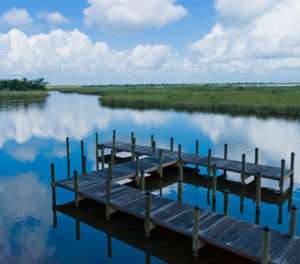
5 Rivers Delta Resource Center
5 Rivers Delta Resource Center’s name recognizes the five rivers of the Mobile-Tensaw Delta, which include the Mobile, Spanish, Tensaw, Apalachee and

Alabama Coastal Birding Trail
Alabama’s Gulf Coast is a paradise not only for birders, but for visitors with many different outdoor interests. The Coastal Birding Trail features si
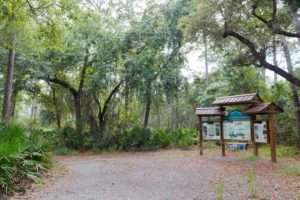
Bon Secour National Wildlife Refuge
Bon Secour National Wildlife Refuge was established by Congress in 1980 for the protection of neotropical migratory songbird habitat and threatened an

Fort Morgan Historic Site
Since 1834 Fort Morgan has stood as the guardian of Mobile Bay. The military site and National Historic Landmark is located 22 miles west of Gulf Shor
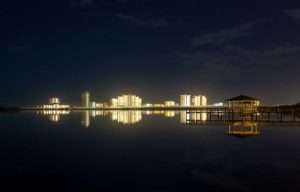
Gulf State Park
Gulf State Park boasts over 3.5 miles of beautiful white sand beaches available in both our main park area in Gulf Shores at the Beach Pavilion and fr

Gulf State Park Sand and Shell Mounds
Gulf State Park holds some of the most endangered archaeological deposits in the State of Alabama. Even though these sites are located within the pro
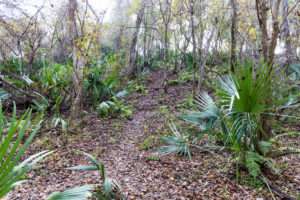
The Bottle Creek Site
The Bottle Creek site is the second largest mound site in Alabama and it represents the remnants of a large Mississippian Stage civic ceremonial compl
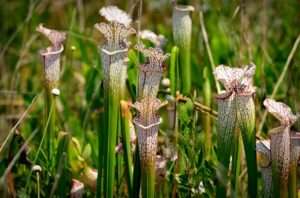
Weeks Bay National Estuarine Research Reserve
Weeks Bay National Estuarine Research Reserve provides the birder with a variety of ways to experience the salt marsh and the estuary- a boardwalk thr

You must be logged in to post a comment.